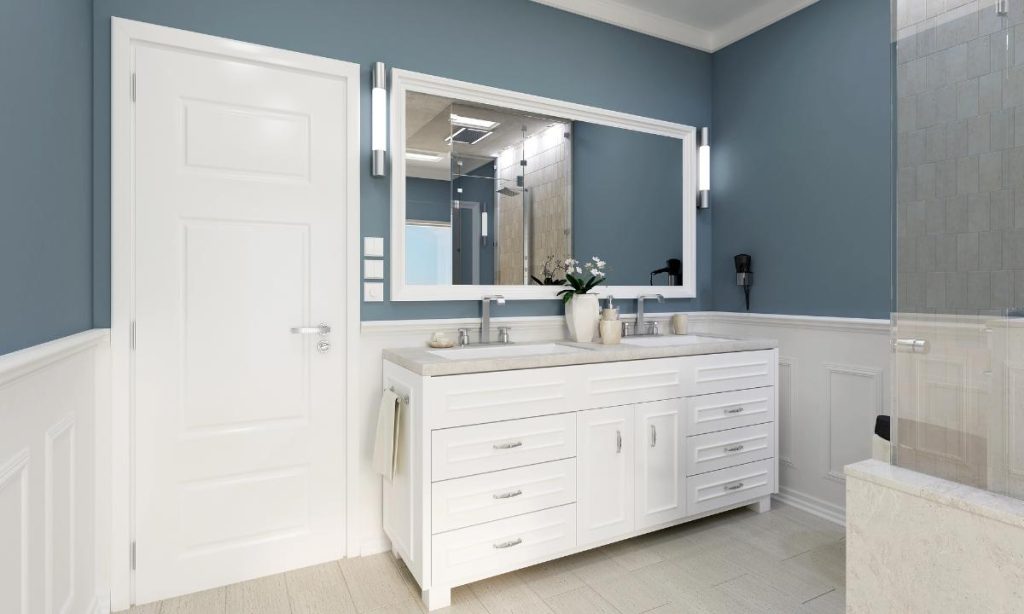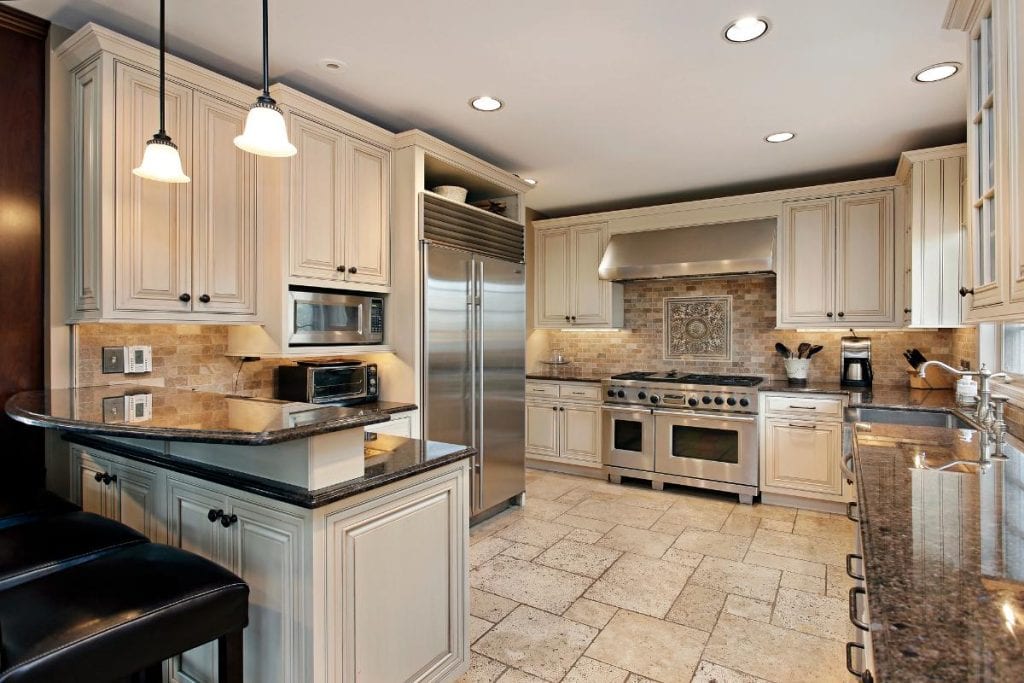Remodeling your home allows you to improve your living space to fit your family’s evolving needs and lifestyle. A well-executed home makeover can transform your everyday living experience, improving the looks, flow, and property value. This guide outlines nine essential remodeling strategies that are key to planning and executing a renovation that your family will love for years to come.

Each strategy, from setting clear remodeling goals to wisely managing your budget and selecting the right contractors, is necessary for the success of your project. By the end of this guide, you’ll have a comprehensive roadmap that will help you turn your vision for your dream home into a tangible, stunning reality.
Define Your Remodeling Goals Clearly
The first step of any remodel is to have a crystal-clear understanding of what you want to achieve. Ask yourself the big questions: Do you want a more modern look, a boost to your home’s energy efficiency, or additional space for a growing family? Maybe you’re dreaming of a chef-worthy kitchen or a bathroom remodel in Connecticut. Whatever your aspirations, articulating these goals early on will steer decisions and ensure every choice aligns with your ultimate vision. Remember, a successful remodel doesn’t just happen by chance; it’s the result of thoughtful planning and a clear-eyed vision of what you want your home to become. So, take this initial step seriously—it lays the foundation for a smooth and satisfying transformation of your space.
Budget Wisely for Your Project
A home remodel requires commitment to sticking to your financial plan while allowing some flexibility when unexpected expenses come up (and they always do). Start by drafting a comprehensive budget that encompasses everything from the nuts and bolts to the finishing touches. Don’t forget to include both the visible costs like materials and labor, and the often-overlooked expenses such as permits and professional fees. A smart move is to earmark a portion of your budget—about 10-20%—as a contingency fund. This is your safety net for those unexpected twists and turns that almost inevitably pop up during a renovation project.
It’s equally important to be realistic about what you can achieve with your budget. Stretching your dollar too thin over too many areas might mean compromising on the quality or finish you desire. Be prepared to adjust your plans or prioritize certain aspects of your project to stay within your financial means.
Prioritize Projects Based on Impact
Tackling a remodeling project can feel overwhelming, but zeroing in on projects with the most bang for your buck can simplify the process. Ask yourself, what changes will transform your day-to-day living the most?
It might be that a kitchen upgrade could become the heart of your home, providing a gathering place for meals and family time. Alternatively, a bathroom remodel might deliver the most in terms of daily luxury and convenience.
Consider how each potential project impacts the looks, functionality, and overall home value. Some updates, like finishing a basement, can significantly increase your living space without altering the footprint of your home. It’s also a good idea to think about the potential return on investment each project offers, especially if you plan to sell in the future.
Choose the Right Contractors
The right contractors make all the difference when it comes to a home remodel. Look for contractors with glowing reviews and a portfolio that matches your aesthetic and needs. It’s a good idea to reach out to friends, family, or neighbors who’ve recently undertaken similar projects for their recommendations.
When you’ve shortlisted potential candidates, set up interviews. This gives you the chance to ask detailed questions about their approach, timelines, and experience with projects like yours. Checking references and past work can give you confidence in their ability to deliver. It’s also important to make sure they are licensed and insured. Open communication with your contractor about expectations, timelines, and budget from the get-go can pave the way for a smooth and successful remodel.

Incorporate Energy Efficiency
Incorporating energy-efficient features into your family home’s remodel is not just an eco-friendly move—it’s a smart financial decision too. Work on sustainability by choosing appliances and systems that are designed to lessen your home’s environmental impact while trimming down your utility bills.
Upgrading to LED lighting, installing a high-efficiency HVAC system, and going for low-flow water fixtures are straightforward changes that make a significant difference. Don’t overlook the importance of good insulation and energy-efficient windows; they’re key in maintaining your comfortable temperatures and further reducing energy consumption.
Update Your Home’s Layout for Modern Living
Revamping your home’s layout, especially if it’s an old home, can dramatically improve the way your household works. Think about the flow of your house: does it encourage family interactions, or do barriers stand in the way? Removing walls to create an open concept floor plan is a popular choice for those who want to entertain or keep an eye on little ones.
On the other hand, adding walls or partitions can provide much-needed privacy in workspaces or bedrooms. Multi-functional spaces are becoming increasingly more common for things like a home office, gym, or guest room.
Incorporating clever storage solutions can declutter and organize your space, making your home feel larger and more inviting. Whether it’s built-in shelving for books and display items or cleverly hidden storage under stairs, these changes can make a big difference in the overall feel of your home.
Invest in Quality Materials
Whether it’s the rich warmth of hardwood floors that can take a decade of foot traffic or the timeless elegance of quartz countertops that resist stains and scratches, choosing high-quality materials pays off in the long run. It’s not just about the immediate impact—choosing good materials reduces the need for costly repairs or updates down the line. So, while it may be tempting to cut corners, remember that spending a little more now can prevent you from having to spend more on repairs and replacements later.

Enhance Natural Lighting
Letting more sunshine into your home can work wonders, and it’s an aspect of remodeling that offers both beauty and health benefits. Think about integrating larger windows, solar tubes, or even French doors to maximize the amount of natural light flowing into your living space.
Improving the lighting in your home makes rooms feel more spacious and welcoming and reduces your reliance on artificial lighting during the day, leading to potential energy savings. Choosing lighter paint colors can also play a significant role in reflecting natural light, making spaces seem brighter and more open.
Keep Future Needs in Mind
Before you begin, think about how your life and needs might change in the coming years. For instance, your cozy nursery might need to transform into a study area as kids grow or an accessible bathroom might become a necessity for aging relatives. Planning for spaces that can adapt—a guest room that doubles as an office or a basement that can become an entertainment hub—adds incredible value and longevity to your remodel.
Now, we’re curious to hear from you! What home renovation projects are on your radar? Are there specific areas in your home you’re excited to transform? Share your plans or any questions you might have in the comments below.
